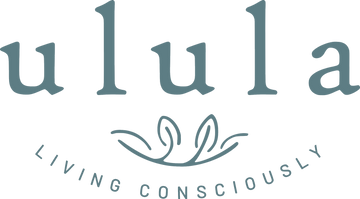
Blackberry & Apple Jelly is a perfect way to preserve the flavours of autumn so you can enjoy them through the winter and spring. Absolutely delicious on fresh bread, toast, scones, and pancakes, it also works well with cheese. Jelly is a real treat as all the hard pips have been removed and it has beautiful, rich, jewel like colour and quality.

Ingredients
You will need equal weights of blackberries and apples
Method
Use equal weights of blackberries and apples. Pick over your fruit, removing stalks and leafy bits and rinsing the berries and apples if necessary. Do not rinse your blackberries until you are ready to start, as they will spoil if left for any time.
Chop the apples roughly cutting out bruised bits. Don't core or peel as they are an excellent source of pectin.
Place the fruit in a large, deep, heavy bottomed saucepan, or preserving pan. (You need a large pan because when the sugar boils it rises in the pan. It will boil over if your pan isn't big enough.) Add enough water to cover half the fruit. Gently bring to simmering point and contine to simmer until all the fruit is soft and pulpy. Remove from the heat.
Have a scalded muslin cloth or jelly bag ready over a large bowl and spoon or ladle the contents of the pan into it. Leave it to drip overnight (this way you will get the most juice), at its own pace. It will turn cloudy if you squeeze the juice through.
Next day measure the juice. For every 600ml of juice allow 450g of sugar. Put the juice in the large pan and bring slowly to the boil.
Add the sugar as it just comes to the boil and keep stirring until the sugar has dissolved. Then boil rapidly, without stirring, for 9-10 minutes until setting point is reached. The jelly should have thickened and have a glossy sheen to it.
Skin the froth off the top of the jelly and put to one side, then pot up the jelly (use sterilised jars and lids) and seal as quickly as possible.
Setting Point
Once you think setting point has been reached remove the pan from the heat.
Transfer some of the boiling jelly from the pan to a cold saucer or plate, which has been chilled in a fridge.
Place the saucer in the fridge for 5 minutes to allow the jelly to cool then push it with your finger. If the jelly has reached setting point then it will wrinkle. If you only see a slight amount of wrinkles appear then the setting point has not been reached so return the pan to the heat and continue to boil for another 1-2 minutes and then repeat the testing process.
Sterlising Jam Jars
Thoroughly wash and rinse your jam jars and lids. Place them, still wet, upside down onto a baking tray and place in the oven at 150C before you start making the jelly. Leave them in the oven until the jelly is ready for pouring.

